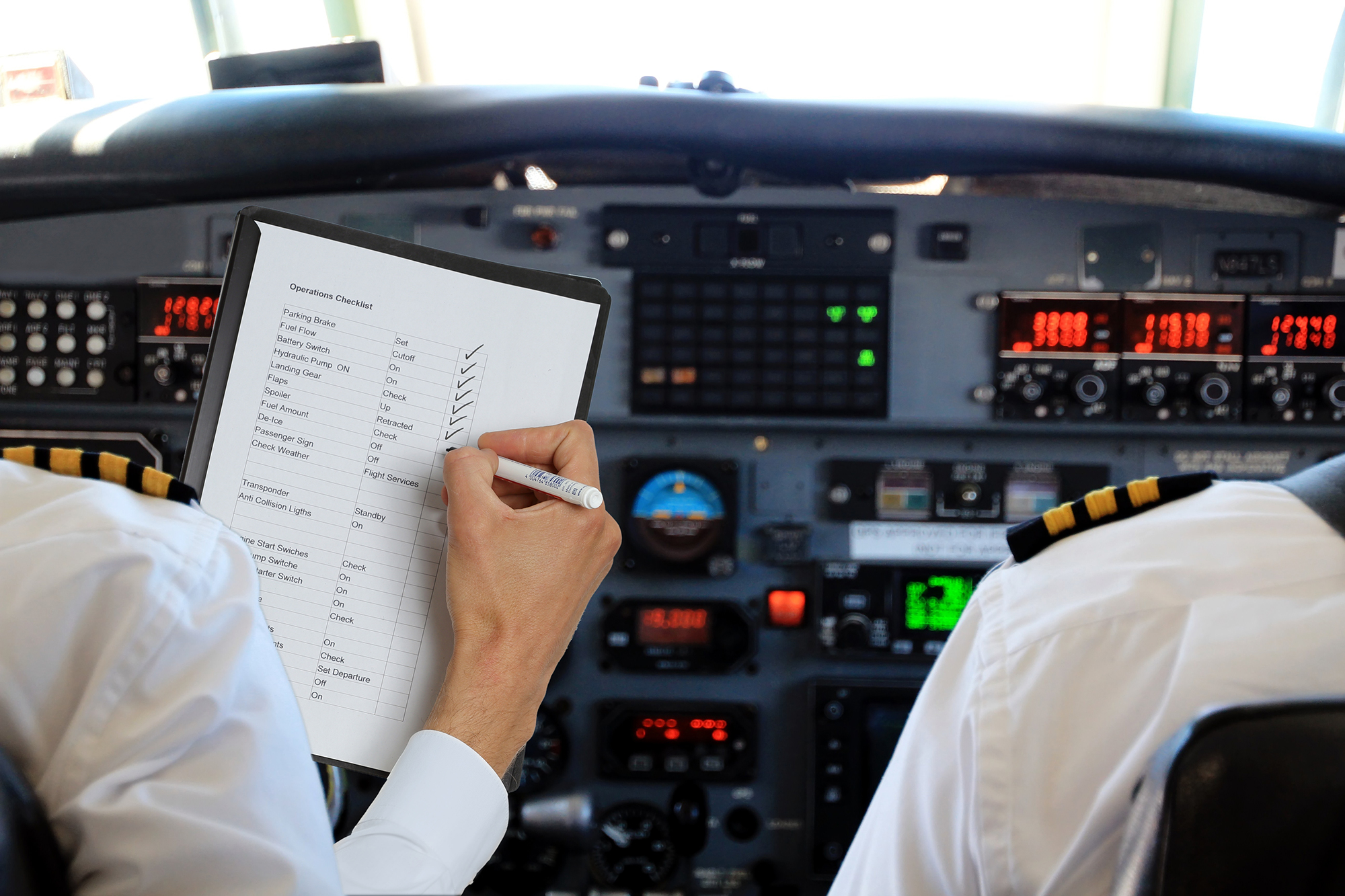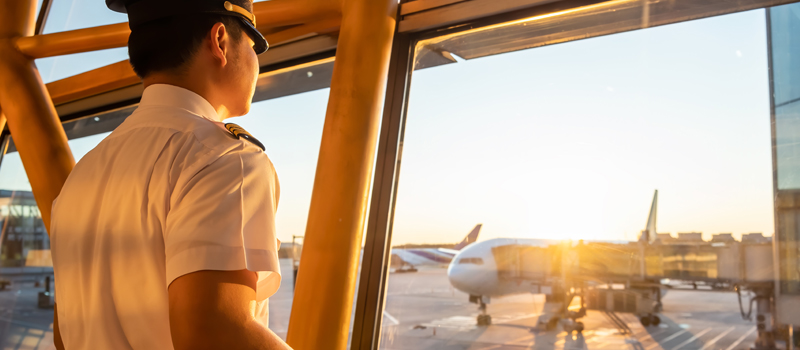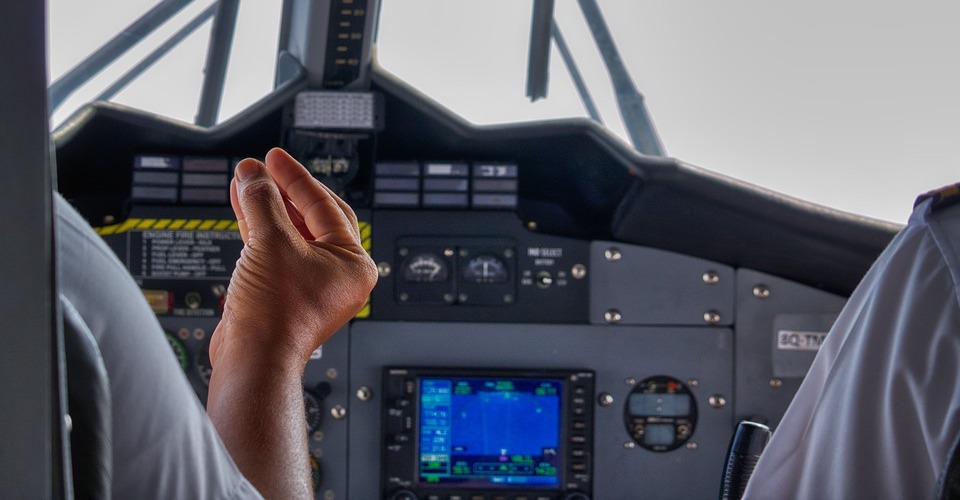The past year has certainly proven to be an interesting time for the aviation industry. With commercial air transport suffering a huge decline, airlines lost billions of dollars in revenue. This decline also cascaded to the rest of the tourism industry with a loss of up to 1.1 billion tourists in a year.
One question worth exploring is whether this downturn in air travel has affected the number of airmen certificates that have been issued in 2020. How will this affect the aviation industry moving forward? Will there be enough pilots to support the industry’s recovery?
Data from the FAA
This analysis uses the data as provided by the FAA annually on their US Civil Airmen Statistics page. The 2020 numbers have been updated as of May 2021. For sake of this discussion, we have narrowed down the relevant data as presented in the table below:
| Airmen certificate type | No. of certificates issued | ||||||
| 2020 | 2019 | 2018 | 2017 | 2016 | 2015 | 2014 | |
| Student | 49,933 | 48,477 | 45,354 | 38,401 | 36,712 | 49,062 | 49,261 |
| Recreational | 7 | 3 | 8 | 10 | 48 | 29 | 38 |
| Sport | 284 | 256 | 313 | 308 | 496 | 399 | 427 |
| Private | 24,155 | 23,756 | 20,730 | 17,752 | 17,082 | 16,473 | 17,795 |
| Commercial | 14,442 | 14,179 | 12,198 | 10,506 | 10,191 | 9,211 | 9,803 |
| Airline transport | 4,056 | 6,690 | 5,795 | 4,449 | 9,520 | 6,544 | 7,749 |
| TOTAL | 95,175 | 95,638 | 86,936 | 74,130 | 76,978 | 84,905 | 89,022 |
We shall be referring to the figures in this table for the discussions in this article.
Overall certificates issued remains healthy
Despite how the aviation industry has suffered in 2020, it is comforting to see that the number of airmen certificates issued in 2020 is almost exactly equal to those of 2019. A year-to-year increase would have been the expectation in an ideal scenario, but the circumstances of 2020 were far from ideal.

It is also apparent in the data how the number of airmen certificates declined from 2015 to 2017. This decline was due to several factors, chiefly the low pay for aviation professionals and changes in certification procedures implemented back in 2014.
Since then, the numbers have picked up and recovered through 2018 and 2019. This is also reflected in the increase of student pilots within the same period. In fact, the data reflects a small increase in the number of issued certifications for all types except for airline transport. Though less than ideal, this is a good sign that recruitment for the aviation industry has mostly been able to weather the pandemic.
A huge drop in ATP certificates issued
One of the most glaring figures in the data is the very low number of certification issues for airline transport pilots (ATP). From 6,690 in 2019, the number reduced to 4,056 – an almost 40% decrease. In fact, this is the lowest number of ATP certificates issued by the FAA since 2010.
If there was a sector of the aviation industry that was most heavily hit by the pandemic, it was a commercial flight. With airlines suffering negative profits, airlines predictably had to stop hiring new pilots. There were even cases of pilots having to be laid off or being assigned fewer hours.
The good news is that recovery already seems apparent. The drop in ATP certificates mainly started in May 2020 and persisted until the end of the year. A steady increase in numbers was observed starting January 2021, although the figures are yet to recover to the levels seen before March 2020.
Long-term effects of 2020 numbers
The huge drop in ATP certificates issued in 2020 is troubling because of several factors. Even if the numbers recover eventually, the industry cannot deny that it missed one year’s worth of opportunity to train additional airline-ready pilots.
The problem with the lost time is the fact that time is one of the more essential factors in pilot training. There is simply no shortcut to developing skill and experience through the accumulation of flight and training hours. Even if the industry were to scale up pilot training for the next few years, the infrastructure for flight training still has limitations.
One encouraging observation from the numbers is the fact that the drop in ATP certificates was made up by an increase in numbers in other certificate types. This means that training in these lower-level certificates was sustained despite the lack of air travel in the midst of the pandemic. These pilots can continue through the training and eventually be ready to apply for ATP certification.
A trend that has been observed in the aviation industry is the increasing average age of certified pilots. The average age for each pilot category is summarized below:
| Airmen certificate type | Average age of pilots | ||||||
| 2020 | 2019 | 2018 | 2017 | 2016 | 2015 | 2014 | |
| Student | 34.1 | 33.5 | 32.5 | 31.7 | 31.4 | 31.5 | 31.5 |
| Recreational | 56.0 | 52.0 | 50.0 | 49.0 | 48.9 | 48.4 | 48.5 |
| Sport | 59.1 | 58.5 | 57.9 | 57.1 | 56.4 | 56.2 | 55.8 |
| Private | 48.0 | 48.3 | 49.0 | 48.9 | 48.5 | 48.5 | 48.5 |
| Commercial | 45.3 | 45.9 | 46.3 | 46.2 | 46.0 | 45.6 | 45.4 |
| Airline transport | 51.2 | 50.8 | 51.0 | 50.6 | 50.2 | 49.9 | 49.8 |
For most pilot types, the average age has been increasing through the years. This means that the rate at which the pool of pilots is being replenished is slower than the rate at which currently certified pilots are aging. With an average age of 51.2 in 2020, it is clear that many in the airline transport category are close to retirement.
Perhaps this is the biggest impact of the “lost year” of pilot training. While 2020 and some of 2021 were not as productive in terms of training new pilots for airline transport, the current crop of pilots continued to get older. A rapidly aging population of pilots has long been an issue in the aviation industry. The year of the pandemic does not help solve this problem.
Many experts in the aviation industry agree that it will take several years for the industry to recover from the effects of the pandemic. Domestic flight is very likely to return to pre-pandemic levels before international flight. Corporate travel is one sector of the market that is not likely to recover to its pre-pandemic state because of the prevalence of remote working arrangements and the preference for online meetings and conferences.
When the air travel industry recovers to pre-pandemic levels, the “gap year” in pilot training may become more apparent as a problem. Right now, the fact that the numbers still rallied for other certification types provides some comfort. It tells us that there will still be lots of people moving along the training pipeline. Someday, these pilots can be ready for air transport.
Final thoughts
Were it not for the pandemic, we would likely have seen continuously increasing numbers for newly issued airmen certifications. From 2018 to 2019, there was a healthy 10% increase in the number of airmen certificates that the FAA had issued.
Unfortunately, the pandemic happened. The drastic drop in air travel forced airlines to realign their priorities. As there was hardly any demand for airline pilots, hiring campaigns and training had to be suspended. This resulted in a huge drop in the number of ATP certificates issued in 2020.
It will still likely take some time before the airline industry as a whole can fully recover. In the meantime, it will be a good time to train new pilots to replace those who are close to retiring. One encouraging thing we can see from the 2020 numbers is that there is no shortage of eager students.




